Lights, camera, action! In the world of filmmaking, visuals have the power to transport us to different worlds, evoke emotions, and tell captivating stories. From the sweeping landscapes of epic adventures to the intimate close-ups that reveal a character’s deepest secrets, the art of visual storytelling is a mesmerizing craft that has captivated audiences for generations. But what goes into creating these masterpieces of cinema? In this article, we will delve into the basics of filmmaking, exploring the techniques and tools that filmmakers use to bring their stories to life on the silver screen. Whether you’re a budding filmmaker or simply a lover of cinema, join us as we embark on a journey through the captivating world of visual storytelling. Prepare to be inspired, amazed, and perhaps even pick up a few tricks of the trade along the way. Lights, camera, let’s dive in!
The power of visuals in storytelling
Filmmaking is a unique art form that combines various elements to create a visual narrative that engages and captivates viewers. At its core, filmmaking is all about storytelling, and visuals play a crucial role in conveying the story. Visuals have the power to evoke emotions, create atmosphere, and immerse the audience in the world of the film.
Through careful use of framing, composition, lighting, and camera angles, filmmakers can create a visual language that enhances the narrative. A well-framed shot can convey meaning, create tension, or provide insight into a character’s state of mind. By manipulating these visual elements, filmmakers can guide the audience’s attention and shape their emotional response to the story.
Elements of visual storytelling
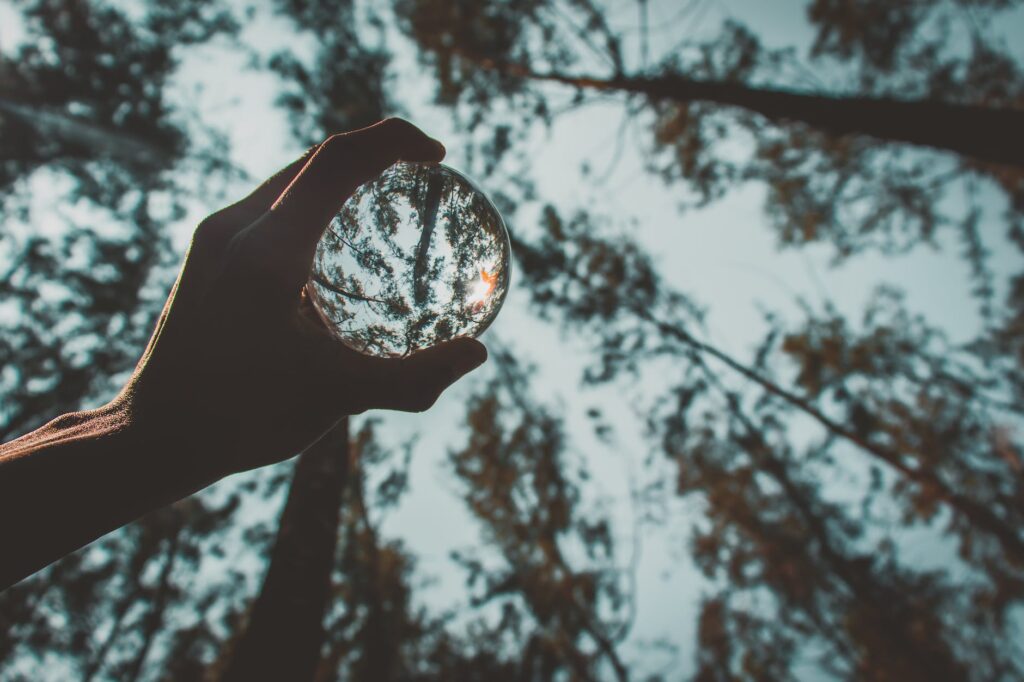
Visual storytelling is a multi-faceted discipline that involves various elements working together harmoniously. One of the key elements of visual storytelling is composition. Composition refers to the arrangement of elements within the frame of a shot. A well-composed shot can draw the viewer’s attention to the subject, create depth and balance, and enhance the overall visual appeal of the film.
Another important element of visual storytelling is color. Color can convey mood, symbolism, and meaning. Filmmakers use color palettes to evoke specific emotions or to create a distinct visual style for their films. Whether it’s the vibrant colors of a fantasy world or the muted tones of a gritty crime drama, color plays a crucial role in shaping the visual narrative.
Understanding shot composition and framing
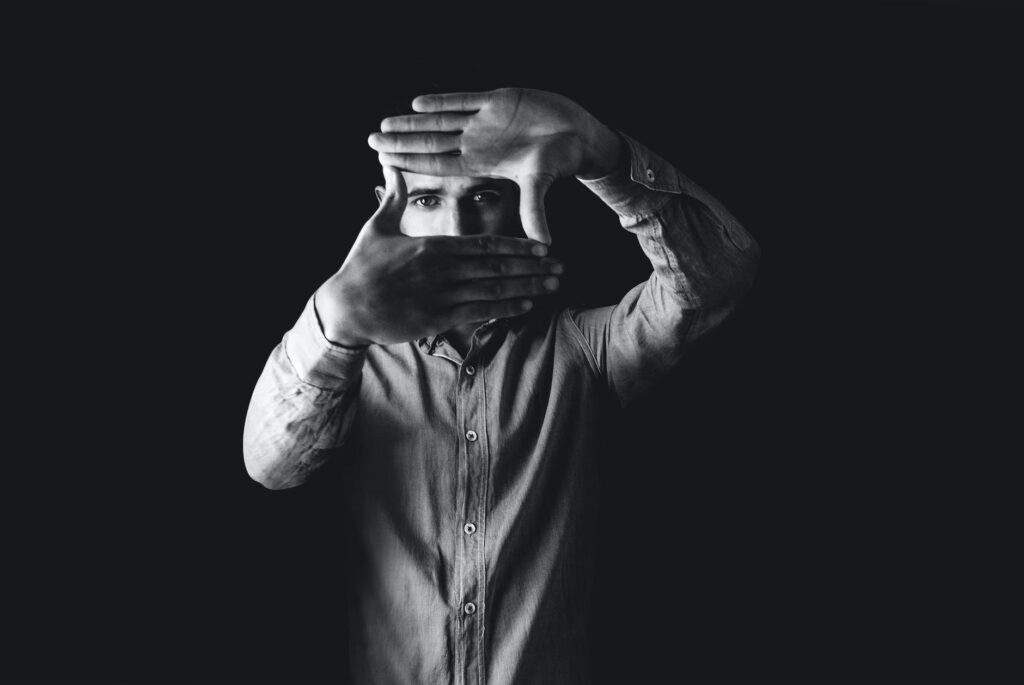
Shot composition and framing are essential techniques in visual storytelling. The way a shot is composed and framed can greatly impact how the audience perceives and interprets the story. There are various techniques and principles that filmmakers use to create visually compelling shots.
One such technique is the rule of thirds. The rule of thirds divides the frame into a grid of nine equal sections, with the subject placed along the intersections or along the lines. This creates a balanced and visually pleasing composition that draws the viewer’s eye to the subject.
Another important aspect of shot composition is the use of leading lines. Leading lines are lines within the frame that lead the viewer’s eye towards the subject or a specific point of interest. These lines can be actual physical lines in the environment or implied lines created by the arrangement of objects within the frame.
Importance of lighting in filmmaking
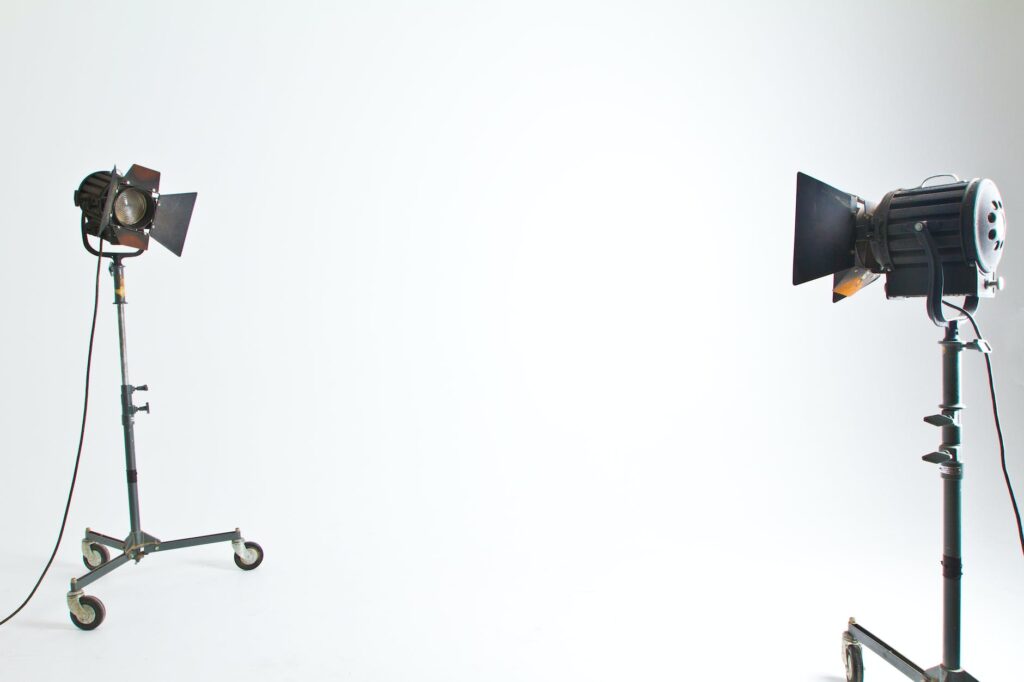
Lighting is one of the most crucial elements in filmmaking. It sets the mood, highlights important details, and creates depth and dimension within the frame. Effective lighting can enhance the visual storytelling and bring the director’s vision to life.
There are various lighting techniques that filmmakers use to create different effects. For example, high-key lighting is often used in comedies or romantic films to create a bright and cheerful atmosphere. On the other hand, low-key lighting, with its stark contrasts and deep shadows, is commonly used in film noir or horror films to create suspense and tension.
In addition to the type of lighting, the placement and direction of light sources also play a significant role in visual storytelling. Front lighting, where the light source is directly in front of the subject, creates a well-lit and evenly exposed shot. Side lighting, on the other hand, creates depth and dimension by highlighting the contours of the subject.
Choosing the right location for your story

The location of a film can greatly impact the visual storytelling. Whether it’s a bustling city, a serene countryside, or a desolate wasteland, the location sets the stage for the story and helps to create the desired atmosphere and mood.
When choosing a location, filmmakers consider various factors such as the aesthetics, practicality, and budget. The location should align with the director’s vision and enhance the narrative. For example, a dilapidated building may be chosen to convey a sense of decay and desolation, while a picturesque beach may be used to evoke a feeling of tranquility and escape.
Exploring different camera angles and movements

Camera angles and movements are powerful tools in visual storytelling. They can change the perspective, create tension, and add dynamism to the narrative. By choosing the right camera angle and movement, filmmakers can effectively convey the story and engage the audience.
Low camera angles, for example, can create a sense of power and dominance, while high camera angles can make the subject appear vulnerable or insignificant. Dutch angles, where the camera is tilted to one side, can create a sense of unease or disorientation.
Camera movements, such as pans, tilts, and tracking shots, can also enhance the visual storytelling. A smooth tracking shot can create a sense of fluidity and movement, while a quick pan can convey a sudden change in the narrative.
The role of editing in visual storytelling
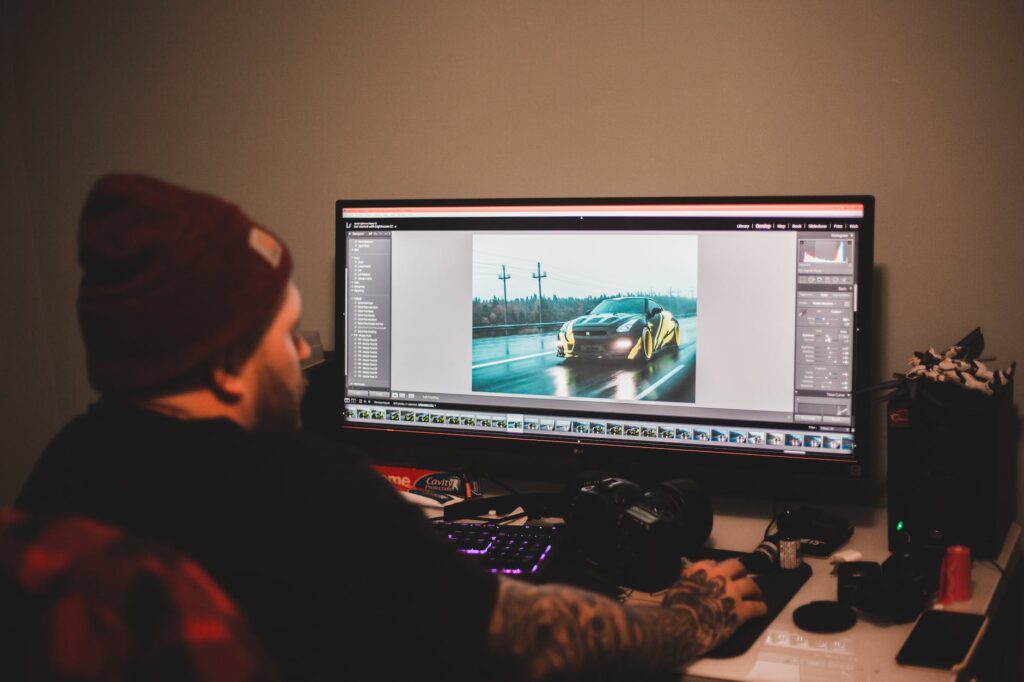
Editing is the art of selecting and arranging shots to create a coherent and engaging narrative. It is the final stage in the filmmaking process and plays a crucial role in shaping the visual storytelling.
Through the editing process, filmmakers can manipulate the pace, rhythm, and timing of the film. They can create suspense, build tension, or evoke emotions by carefully choosing the duration and sequence of shots. Editing also allows filmmakers to experiment with different visual effects, transitions, and color grading to enhance the overall visual appeal of the film.
Sound design and its impact on storytelling
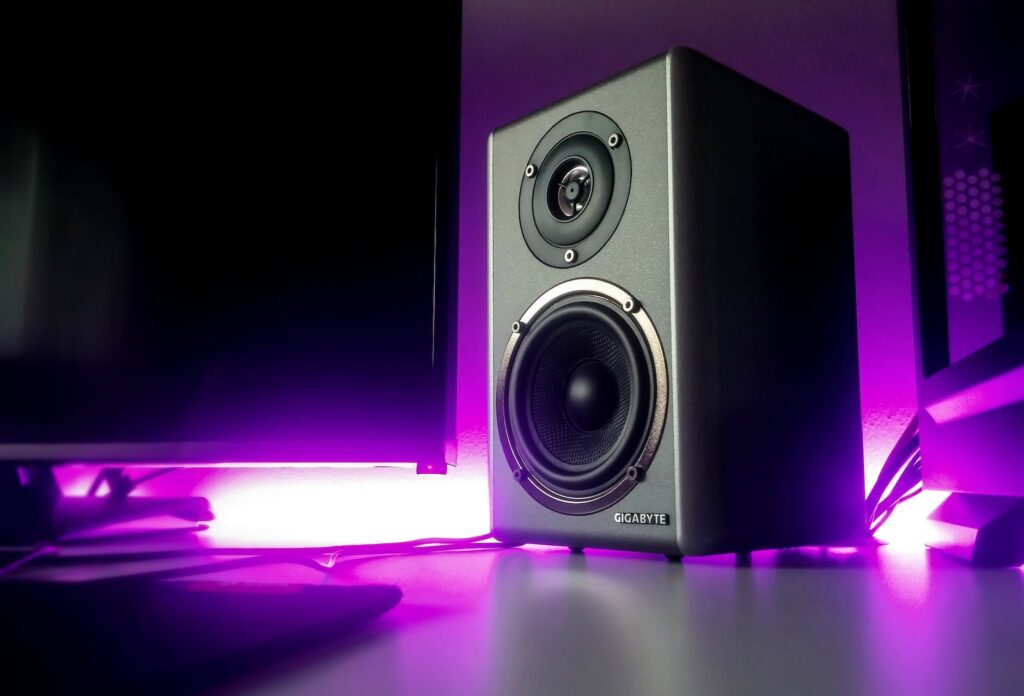
While visuals are essential in visual storytelling, sound design is equally important. Sound has the power to enhance the emotional impact of a scene, create atmosphere, and immerse the audience in the world of the film.
Sound design encompasses various elements, including dialogue, music, sound effects, and ambient sounds. It is the careful balance and integration of these elements that contribute to the overall storytelling experience. For example, a haunting musical score can heighten the suspense and add an extra layer of emotion to a scene, while the absence of sound can create tension and build anticipation.
Tips for effective visual storytelling

1. Plan your shots: Before you start filming, take the time to plan your shots and visualize how they will contribute to the overall narrative. Consider the composition, framing, lighting, and camera angles that will best convey your story.
2. Experiment with different techniques: Don’t be afraid to experiment with different shot compositions, camera angles, and movements. Try out different lighting setups and explore different locations to find the visual style that best suits your story.
3. Pay attention to detail: The little details can make a big difference in visual storytelling. Pay attention to the props, set design, costumes, and colors to ensure that they align with your narrative and enhance the overall visual appeal of the film.
4. Use sound design strategically: Sound design is an integral part of visual storytelling. Use sound effects, music, and dialogue strategically to enhance the emotional impact of your scenes and create a more immersive experience for the audience.
5. Continuously learn and improve: Filmmaking is a lifelong learning process. Stay updated with the latest techniques, tools, and trends in the industry. Take courses, attend workshops, and actively seek feedback to continuously improve your skills as a visual storyteller.
Resources for learning and improving your filmmaking skills
1. Online courses: Platforms like Udemy, Coursera, and Skillshare offer a wide range of online courses on filmmaking, covering everything from the basics to advanced techniques.
2. Books: There are numerous books available that delve into the art and craft of visual storytelling. Some recommended reads include “In the Blink of an Eye” by Walter Murch, “The Filmmaker’s Handbook” by Steven Ascher and Edward Pincus, and “The Visual Story” by Bruce A. Block.
3. Film festivals and screenings: Attending film festivals and screenings can provide valuable insights into the work of other filmmakers and offer inspiration for your own visual storytelling.
4. Online communities and forums: Joining online communities and forums dedicated to filmmaking allows you to connect with fellow filmmakers, share ideas, and learn from each other’s experiences.
5. Film schools and workshops: Consider enrolling in a film school or attending workshops to receive hands-on training and guidance from experienced professionals in the industry.
Conclusion
Visual storytelling is an art form that has the power to captivate, inspire, and move audiences. Through the careful use of shot composition, framing, lighting, camera angles, and editing, filmmakers can create a visual narrative that transports viewers to different worlds and evokes powerful emotions. Whether you’re a budding filmmaker or simply a lover of cinema, understanding the basics of visual storytelling can deepen your appreciation for the craft and help you to create your own compelling stories on the silver screen. So grab your camera, unleash your creativity, and let the magic of visual storytelling begin.

Leave a Reply